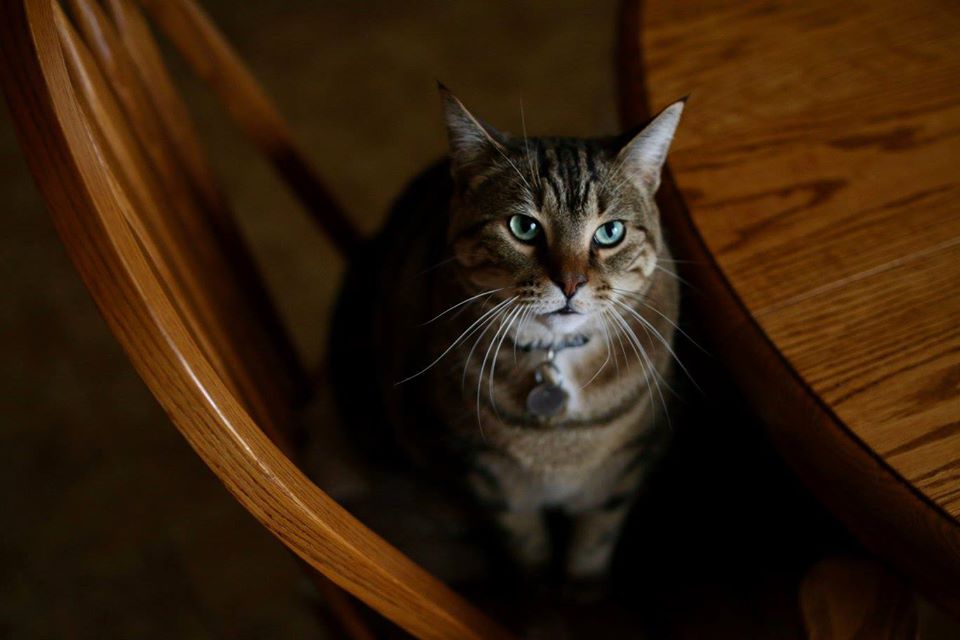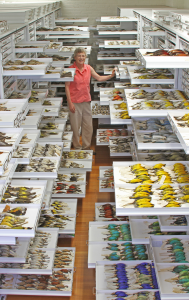I will be the first to admit that I have a strange obsession……I enjoy looking at the Annual Reports of Museums! I especially enjoy looking at the reports of Natural History Museums and comparing the financial statements, programming, and collections that are outlined in each. I will readily admit that certain museums create a fabulous annual report while others, I would have to say fall flat…..! During the exercise of this strange obsession and the resulting review of hundreds of reports, I have developed four simple principles for what makes a great Annual Report:
1. Start the report with a clear mission statement outlining who you are, your goals, and what you’re attempting to achieve. The statement doesn’t have to overly complex. Use clear, plain language, and avoid jargon. Too often Museum reports delve into the “meaty” details without setting the scene of what their organization is attempting to accomplish. If you don’t have a mission statement, get a focus group of staff and board members together, and hammer out a simple one!
2. Start the report with a simple Infographic of the year’s achievements. Outline things like attendance, membership numbers, publications numbers, funds raised, volunteer hours, etc. This prevents your members from having to page through the report to find this information. The Infographic doesn’t have to be extraordinary or complex, but rather should be a sharp and clear image that presents a “snapshot” of the organization’s achievements. If you are unsure how to do this, contact a local graphic design company and they should be able to design one for you at a reasonable cost. Be careful not to go to the other extreme and make the entire report a series of Infographics! Your members will still like some “worded” details behind the facts and figures.
3. Don’t forget to talk about your staff and what wonderful people they are! Tell your members what passions your staff have, their hobbies, their achievements, and what brought them into your museum. Remember that your members may not know everyone involved in the museum and what work they do. If you work at a very large institution, include an HTML link in the report to staff bibliographies. Remember that passion is infectious so share it widely!
4. Provide clear “call to actions” in your report! Outline the upcoming year’s goals and how you hope to achieve them. If you have specific and urgent needs, make certain that you outline them so all members are aware. Use statements like: “In the upcoming year we intend to raise more funds for X” or “In the upcoming year we intend to recruit more volunteers for Y”. This will provide clear guidelines on where your organization is going and how you intend to get there. It is also an opportunity to lobby your members for solutions to any issues. Remember that your members can be a wealth of information and may have experience in areas that your museum is lacking.
If there was another suggestion that I could add it would be to create a report that makes someone want to visit your museum! While I understand that the Annual Report is not a travel brochure and that oftentimes museums have to follow specific guidelines, try to have a bit of fun with it!
If there is one Museum that has an Annual Report that is worth a look and makes me want to visit, it is the Santa Cruz Museum of Natural History located here! I fully intend to stop by next time I’m in the area!
Thank you for reading our Blog Post! This review was written with the assistance of “Grammarly”. Grammarly is an amazing FREE tool that allows anyone to write like a professional! For more information and a free download, click here.
For our Reviews of excellent books on Natural History, Archaeology and Technology, please visit our main website!

